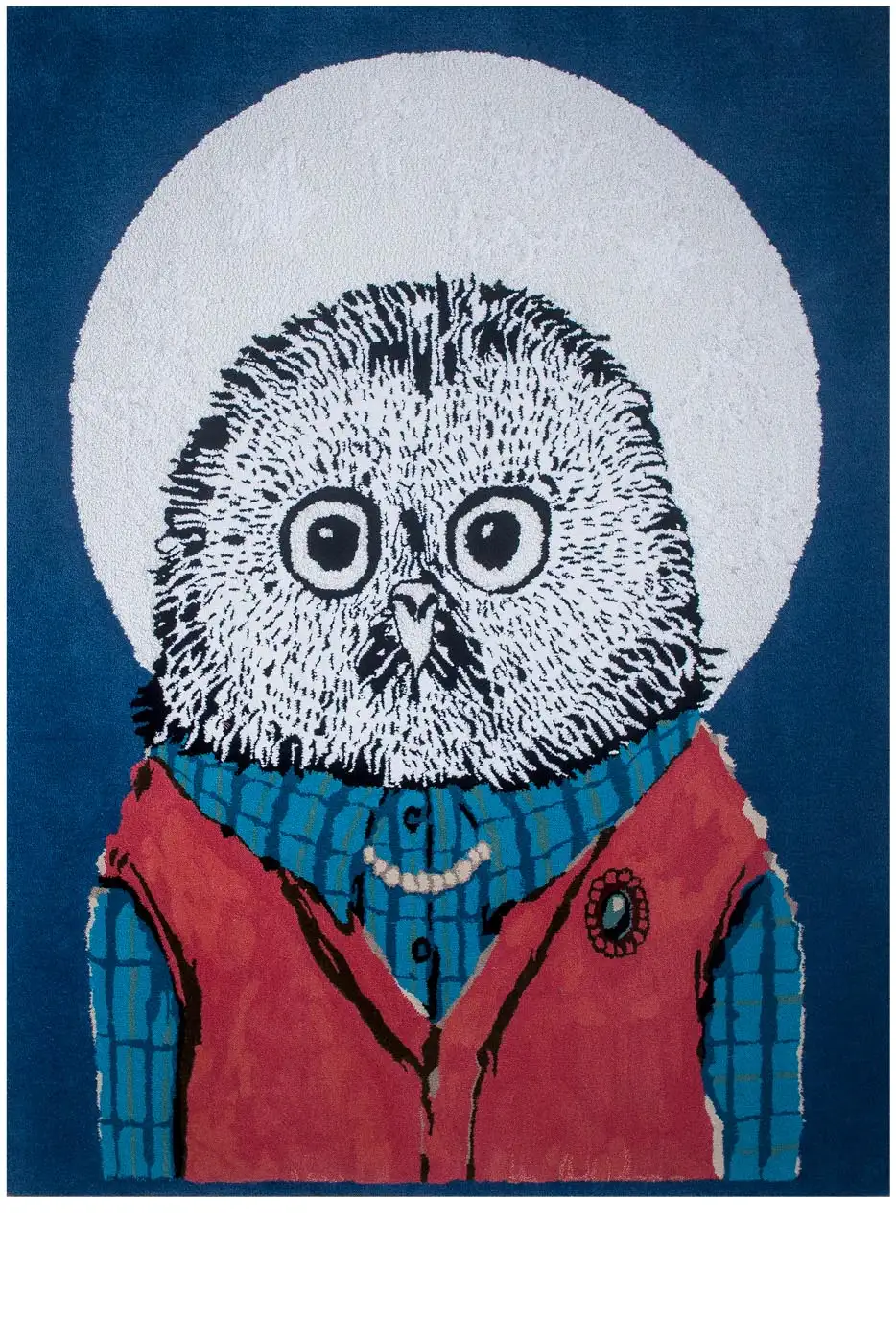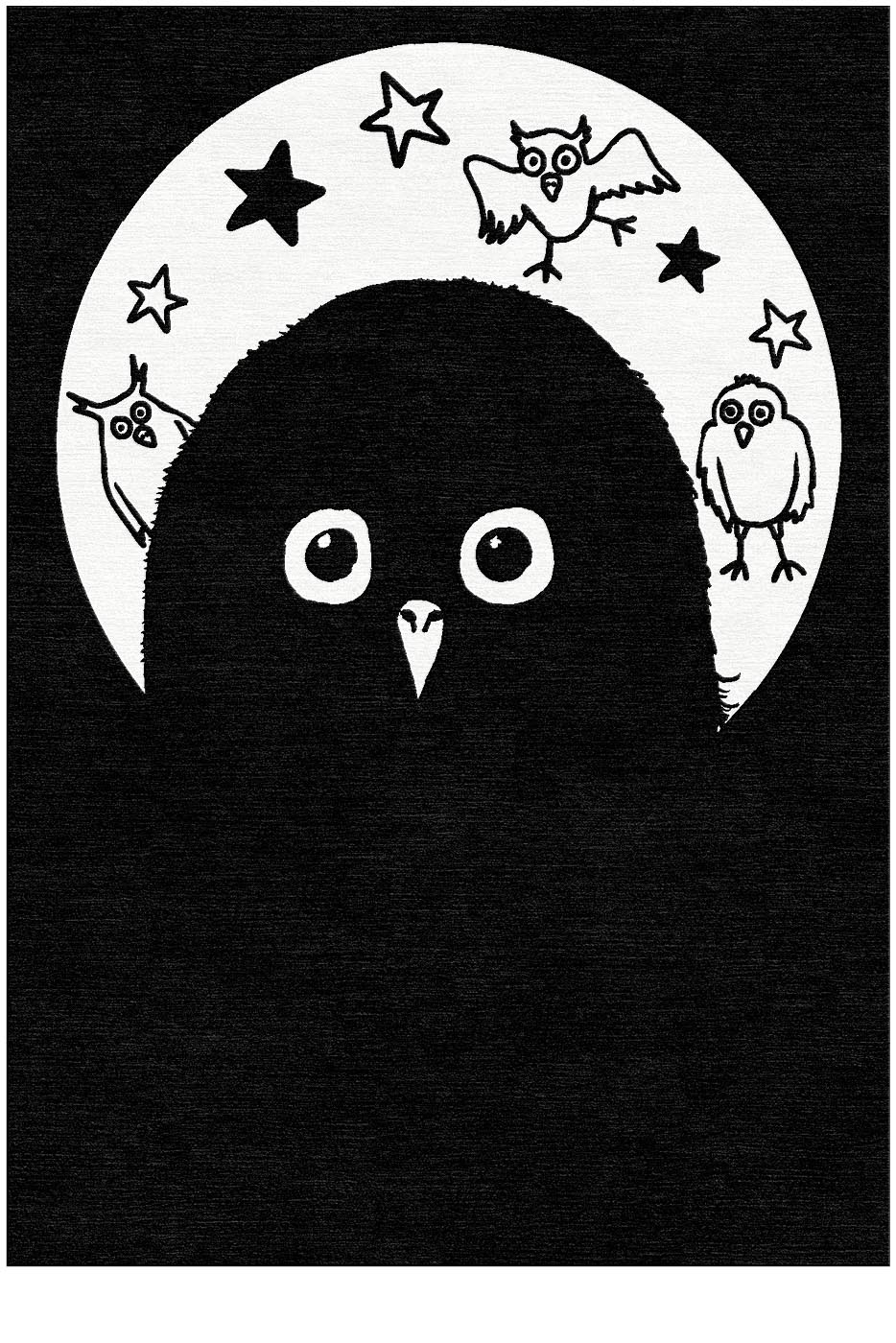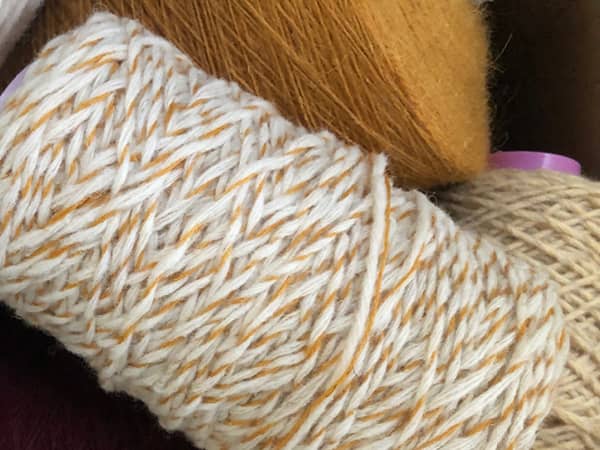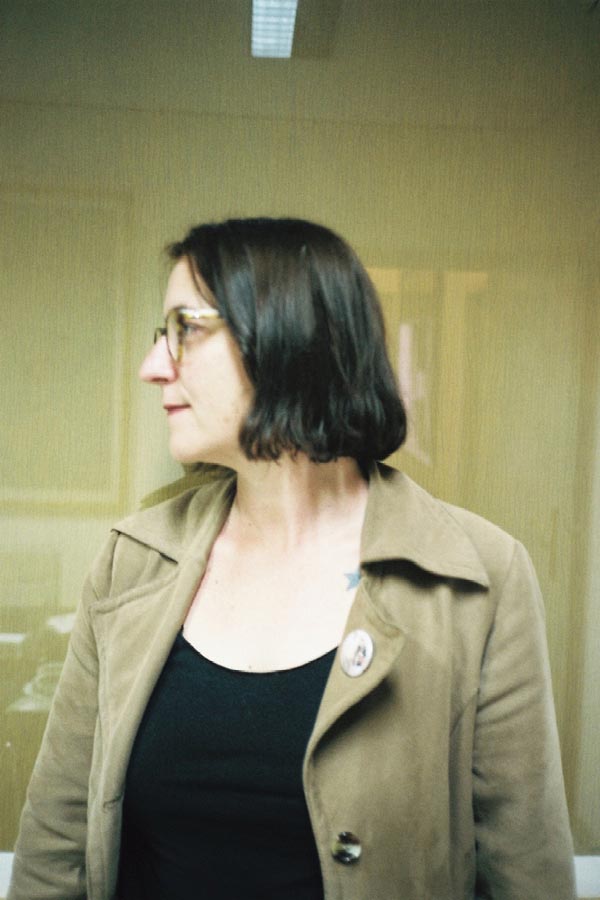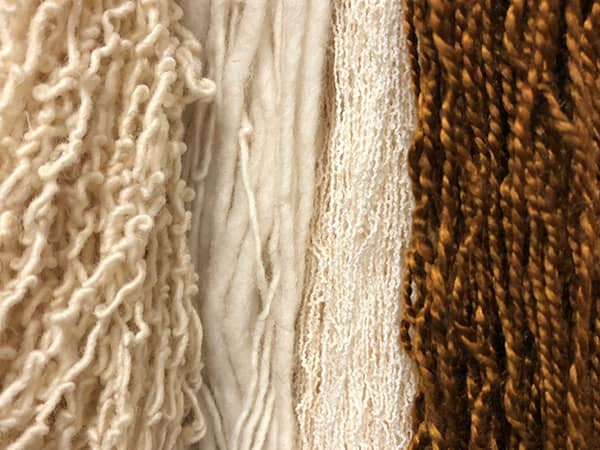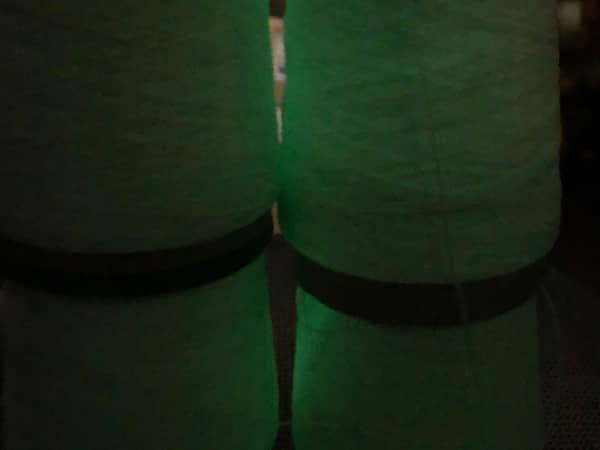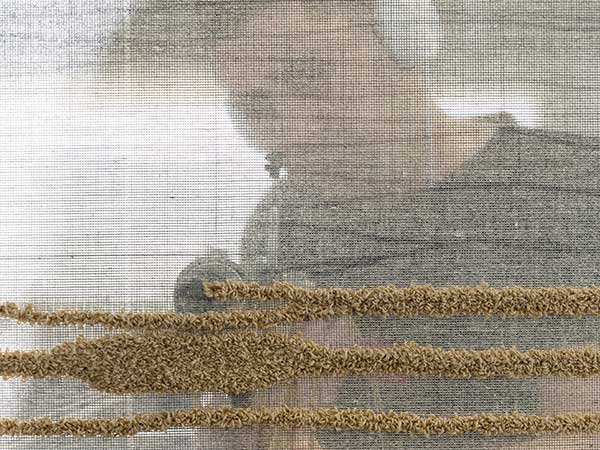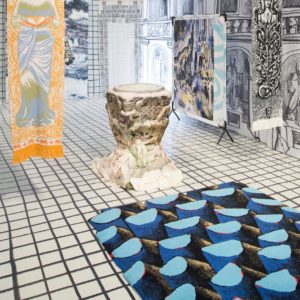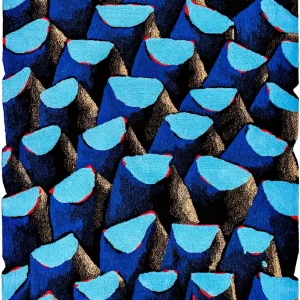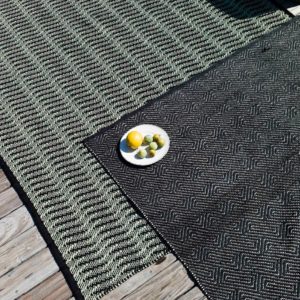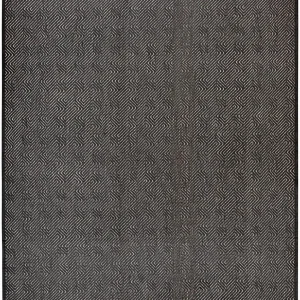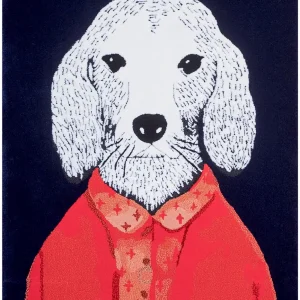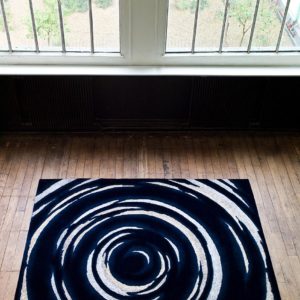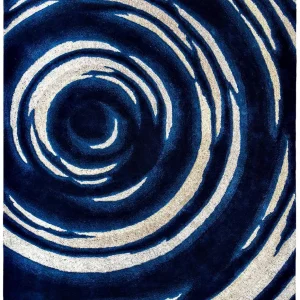Chouette
by stéphanie Mercier
HAUTE COUTURE
MATERIALS Wool, Cotton, Phosphorescent thread
TECHNIQUE Hand tufted
SIZE 130 X 170 cm
PRICE*
* Price incl. VAT includes : Packaging of the product and home delivery regardless of your country of residence.
PRICE:PLEASE CONTACT US WITH YOUR REQUIREMENTS
可超售
描述
cotton
Cotton is made from the vegetal fibres surrounding the seeds of the cotton plant. Traces of cotton were found in Ancient Egypt and in Mexico, possibly over 7,000 years old. Cotton culture developed in America, Africa and Eurasia. While it reached Europe as early as the IInd century BC, its history on that continent truly began with the creation of the West India trading companies. From then on, the culture of cotton never stopped growing and it is now the most used natural fibre in the world. More difficult to weave than linen because of its short fibres, it has a higher density. Cotton is a very good insulation material thanks, in particular, to its exceptional moisture absorption properties. It is warm, soft, comfortable. PINTON weaves this staple of the textile industry on its own or combined with other materials for the Couture as well as the Diffusion lines. In tapestry making, cotton is very rarely used on its own and is most often combined with other materials. It is generally the material used for the warp thread.
Cotton can be used in loop weave where the continuous thread forms loops on the surface of the rug, or in pile weave where the threads on the surface of the rug are cut. It can also be woven as loop and cut which combines both techniques.
Stéphanie
Mercier
Stéphanie Mercier lives and works in Paris. After graduating from the Ecole des Arts Décoratifs of Paris with a specialisation in printed images, she became a freelance illustrator and developed a dreamy and very personal universe in graphic novels where she takes centre stage: Tous les jours la grande chose (2009), Créature hormonale (2012) with Editions Piktos and La tristesse du bulbe rachidien (2017). She illustrated magazine articles for Néon, Ça m’intéresse, etc. She also designed several film posters and since 2010 has been teaching drawing and illustration at the Prép’art school. Her work on teenagers, SEUM, in collaboration with photographer Véronique Augry, was exhibited in the Loo&Lou Gallery in Paris and resulted in an eponymous book. She created a series of drawings for children, Enfances, for Atelier Autonome du Livre in Mosset, in the Pyrenees, where her work was exhibited after she took an artist’s residency.
The collection of children’s rugs imagined by Stéphanie Mercier for PINTON includes a rug titled Chouette (owl) after the animal it portrays. For this piece, Stéphanie Mercier suggested weaving phosphorescent threads with the wool. Typical of her delicate and magical vision, this rug invites daydreaming.
wool
Wool is an animal fibre, most often derived from sheep fleece. Wool was already being spun as early as 5,000 BC. In Roman times, wool, leather and linen were the main materials used to make clothes. With the progressive development of mechanical processes and the evolution of breeding techniques, wool became the economic lung of several countries in the Xth century, and again in the XIIth. Renowned for its thermal and sound insulation properties, wool also offers the advantage of absorbing moisture. It is a noble and timeless material, used from time immemorial for its strength and durability. PINTON uses local wool with shorter carded fibres, which make it fluffier and give it more volume, or a specific type of wool from New-Zealand with long combed fibres that are more resistant to heavy traffic. Both types of wool are spun (carded or combed) and dyed in the spinning plant located in Felletin. Whether they are made in 100% pure virgin wool or blended with other materials like linen, silk, bamboo, leather or many others, PINTON wool rugs and carpets bring comfort and quality.
phosphorescent thread
Phosphorescence is a phenomenon specific to some materials that continue to radiate light after receiving it. In other terms: after storing light, these materials release it progressively in darkness without combustion or friction. The term phosphorescence is an extension of the word phosphorus, derived from the Greek phos meaning light and phoros, bearer. A German alchemist is said to have discovered phosphorus by chance when trying to find the philosophers’ stone in the XVIIth century. Some bodies are spontaneously phosphorescent like certain molluscs and insects. While it has many applications nowadays, especially in the area of safety, phosphorescence continues to fascinate and retains magical connotations. Combined with other materials such as wool, phosphorescent threads are used in the rugs produced by PINTON to create an enchanted look that never gets old.
hand tufted
The hand tufting technique is a process combining centuries-old skills and modern weaving tools. The canvas is perfectly stretched over an upright loom and the craftsperson transfers by hand the future design of the rug with the utmost precision. Threads are inserted manually, one by one, working with a gun on the back of the canvas, following the colours, the drawing and the different tuft heights. PINTON was one of the first manufactories to use the gun tufting technique to produce some of its rugs and carpets and is the only French workshop offering very high quality tufted rugs. With this technique, production times are reduced compared to the knotted stitch weave or point noué. Finally, hand tufting offers a large range of possible depths. Carving is the technique that consists in sculpting the wool and creating textures within the woven rug. Since the early 1990s, PINTON has been specialising in the production of hand tufted rugs for which it also collaborates with famous designers and artists.

